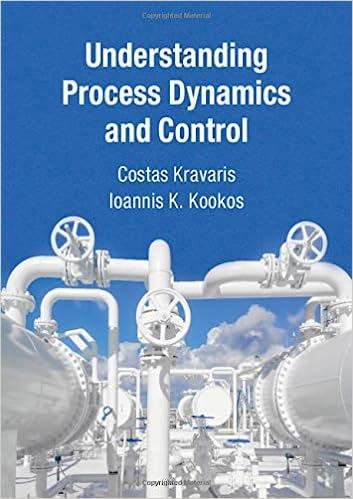Answered step by step
Verified Expert Solution
Question
1 Approved Answer
A chemical reactor catalyzes the gas - phase isomerization of n - butane ( A ) to isobutene ( B ) . Above the catalyst,
A chemical reactor catalyzes the gasphase isomerization of nbutane A to isobutene B Above the catalyst, the bulk mixture of mol A and mol B is wellmixed. The catalyst has a porous structure with straight, sealed pores of radius R and length L with active sites lining the walls and bottom of each pore. At the active site, the reaction is rapid such that production of B is diffusion limited Assume that the temperature is uniform throughout the system. a Draw a picture of the problem. List the control volume domain the species to be modeled, and the sources and sinks of each species. b List the variables and assumptions about mass transfer that will affect your model. c Write the continuity equation in terms of the molar flux. Cross out any terms that are zero. d Write the flux equation for this system. e Write the initial and boundary conditions. f Should the fluxes and concentration gradients be positive or negative?
Step by Step Solution
There are 3 Steps involved in it
Step: 1

Get Instant Access to Expert-Tailored Solutions
See step-by-step solutions with expert insights and AI powered tools for academic success
Step: 2

Step: 3

Ace Your Homework with AI
Get the answers you need in no time with our AI-driven, step-by-step assistance
Get Started


